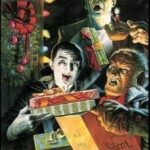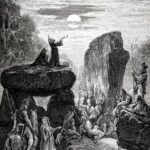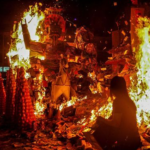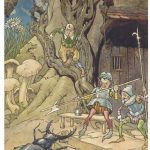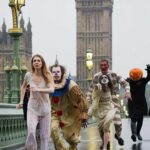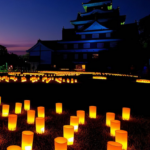Halloween is most popular in Ireland, where it originated, also known in Irish Gaelic as “Oíche Shamhna” or “Samhain Night”. The Celts celebrated Halloween as Samhain, “End of Summer,” a pastoral and agricultural festival of fire, when the dead revisited the mortal world, and large communal bonfires would be lit to ward off evil spirits. In Ireland they continued to practice their deep-rooted, ancient pagan rites well after the arrival of Christianity in the middle of the sixth century.
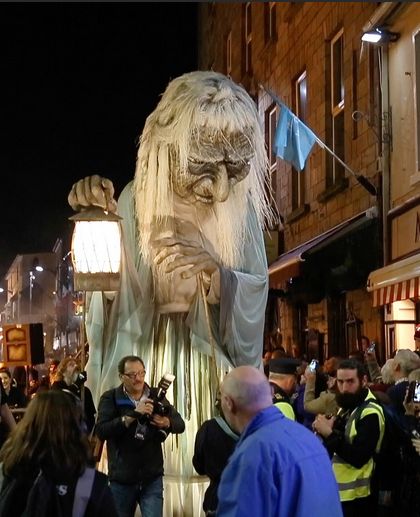
Unfortunately, there is frustratingly little primary documentation of how Halloween was celebrated in preindustrial Ireland. Historian Nicholas Rogers has written,
It is not always easy to track the development of Halloween in Ireland and Scotland from the mid-seventeenth century, largely because one has to trace ritual practices from [modern] folkloric evidence that do not necessarily reflect how the holiday might have changed; these rituals may not be “authentic” or “timeless” examples of preindustrial times.
Halloween traditions survive most accurately on the island of Ireland, where the last Monday of October is a public holiday. All schools close for the following week for mid-term, commonly called the Halloween Break. As a result Ireland and Northern Ireland are the only countries where children never have school on Halloween and are therefore free to celebrate it in the ancient and time-honored fashion.
The custom of trick-or-treating resembles the European custom called souling, similar to the wassailing customs associated with Yule. On November 2, All Souls’ Day, beggars would walk from village to village begging for “soul cakes” — square pieces of bread with currants. Christians would promise to say prayers on behalf of dead relatives helping the soul’s passage to heaven. The distribution of soul cakes was encouraged by the church as a way to replace the ancient practice of leaving food and wine for roaming spirits at the Samhain.
On Halloween night in present-day Ireland, adults and children dress up as creatures from the underworld (ghosts, ghouls, zombies, witches, goblins ), light bonfires, and (especially in Derry and Dublin) enjoy spectacular fireworks displays. The children walk around knocking on the doors of neighbours, in order to gather fruit, nuts, and sweets for the Halloween festival. Salt was once sprinkled in the hair of the children to protect against evil spirits.
The houses are decorated by carving pumpkins or turnips into scary faces and other decorations. The traditional Halloween cake in Ireland is the barnbrack which is a fruit bread. Each member of the family gets a slice. Great interest is taken in the outcome as there is a piece of rag, a coin and a ring in each cake. If you get the rag then your financial future is doubtful. If you get the coin then you can look forward to a prosperous year. Getting the ring is a sure sign of impending romance or continued happiness.
The Púca Halloween Festival is a folklore-infused celebration of Ireland as the original birthplace of Halloween. The event takes place in County Meath in Ireland’s Ancient East, and is filled to the brim with dazzling spectacle, music, harvest food and more. In Northern Ireland, Derry Halloween is a must see. For over 35 years, this event has captured the imaginations of visitors to the famous Walled City, with several events celebrating the city’s unbridled creativity…

